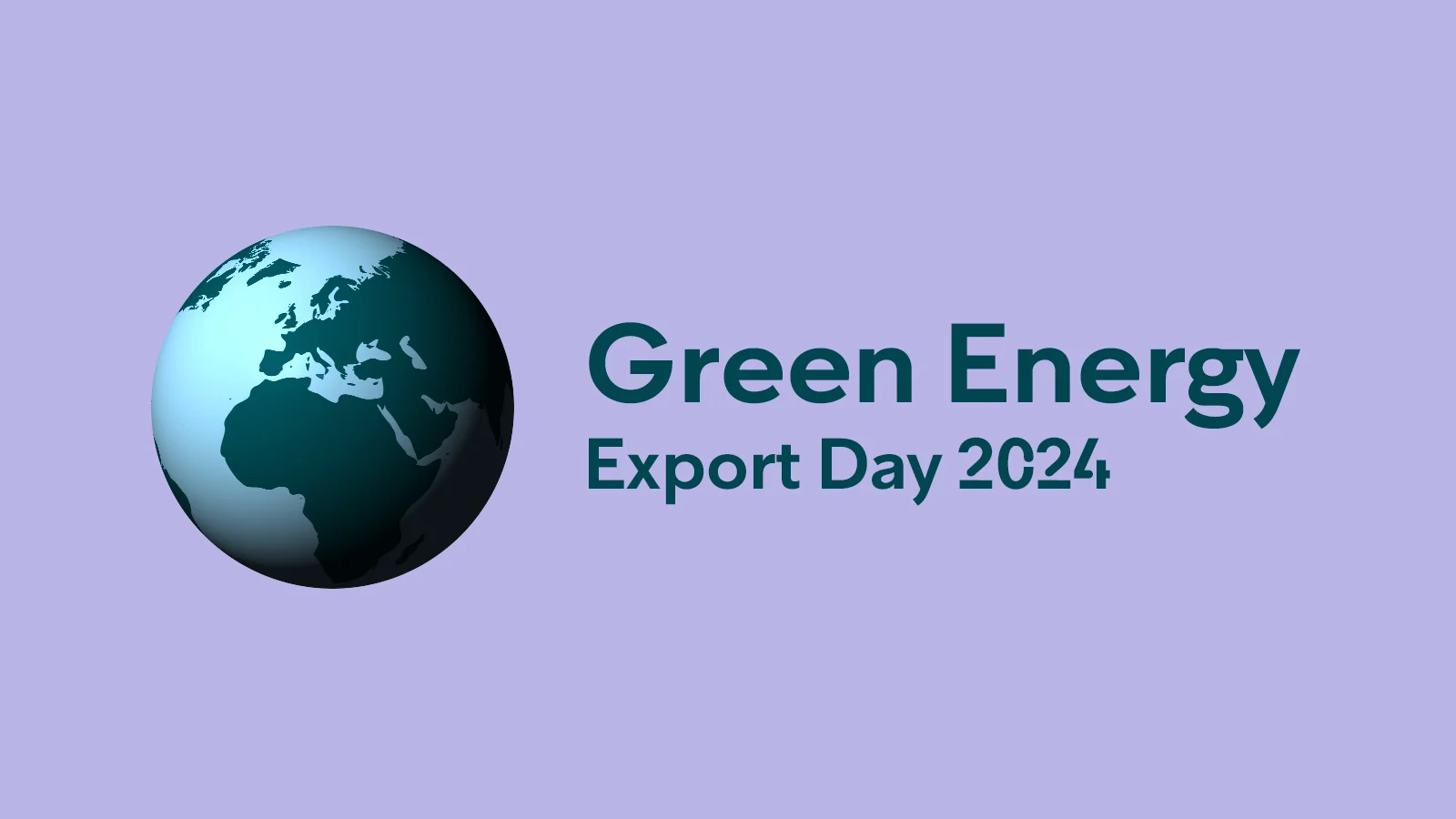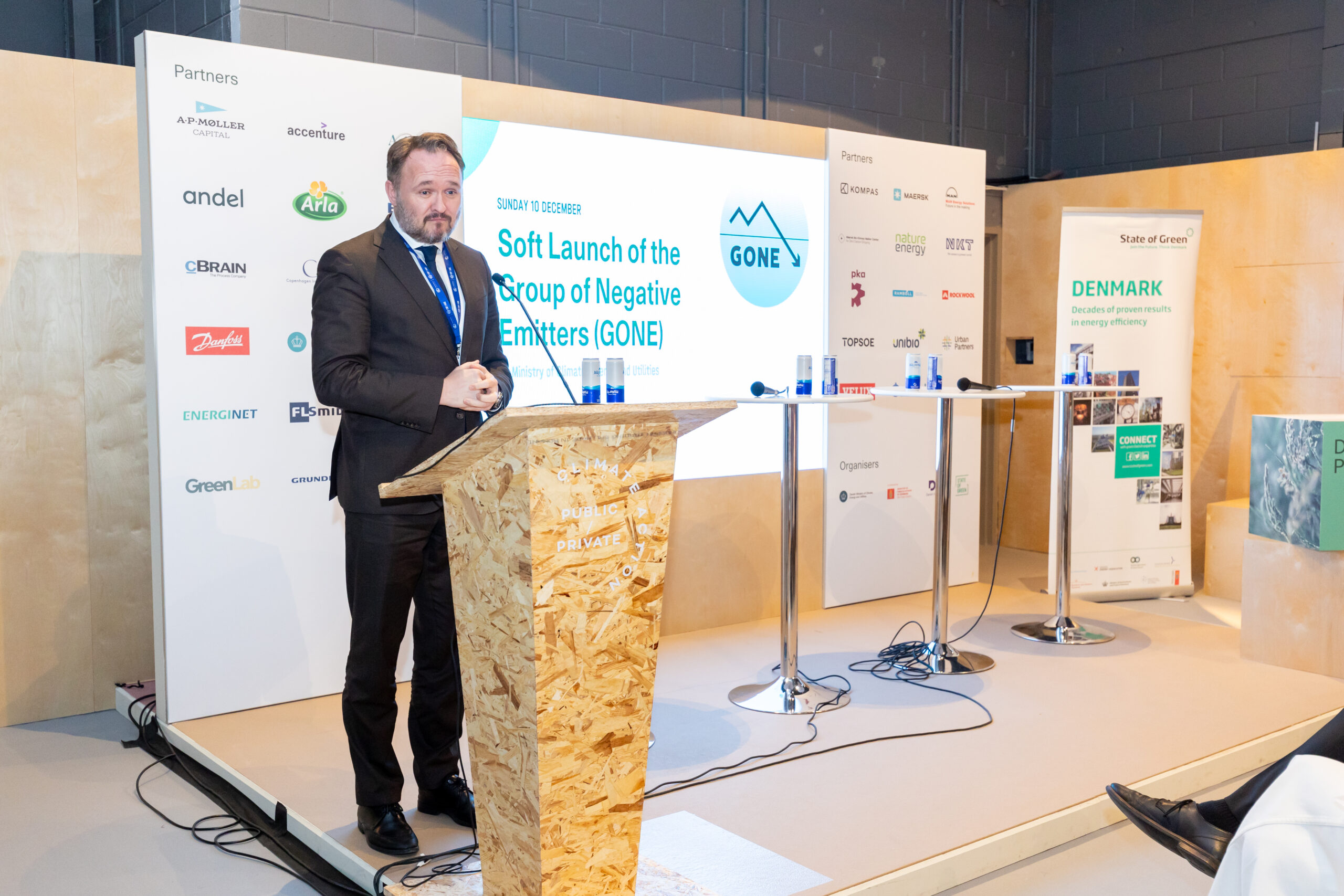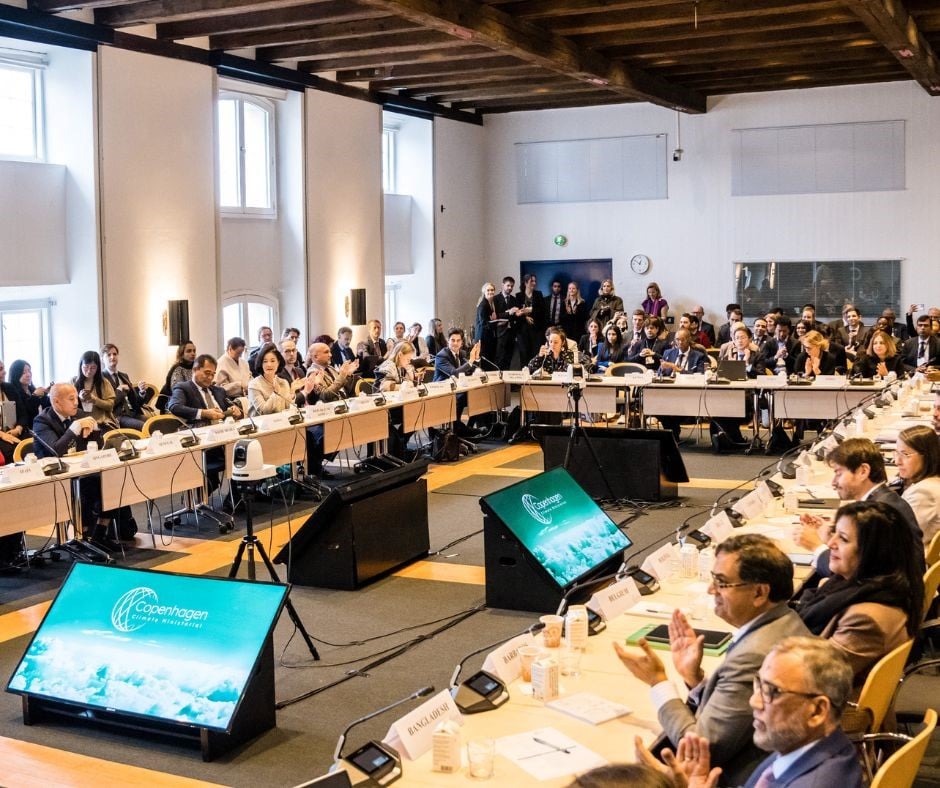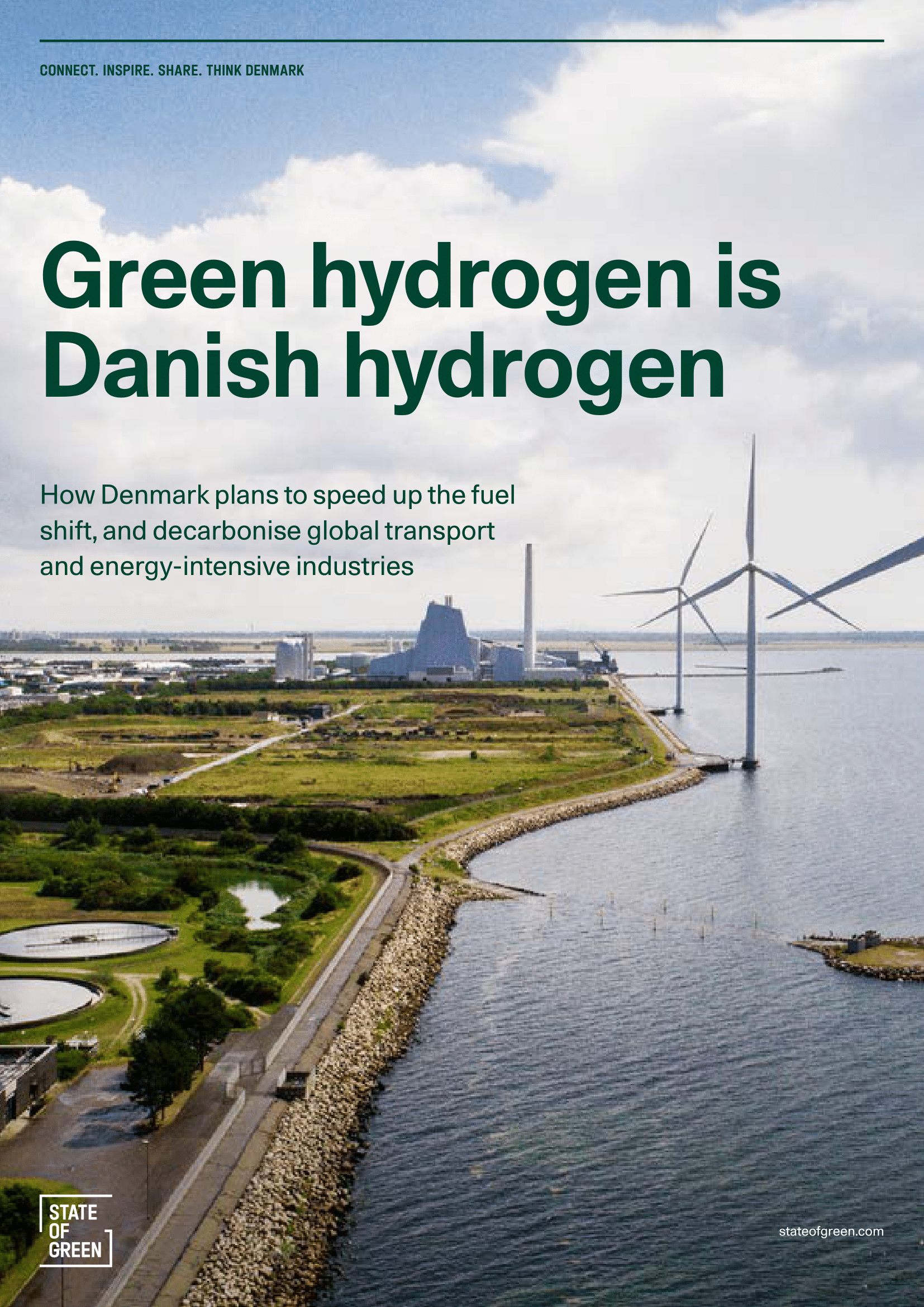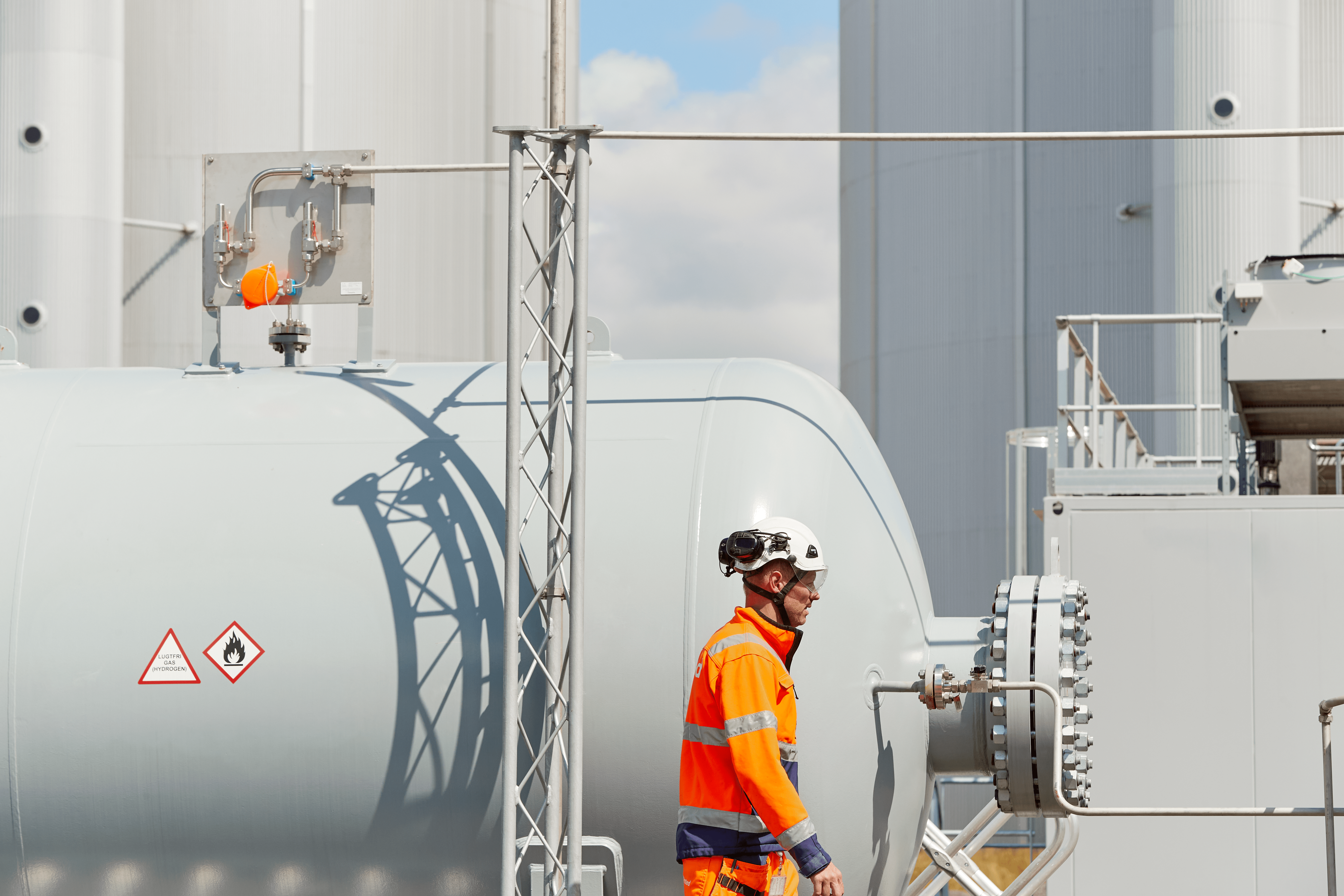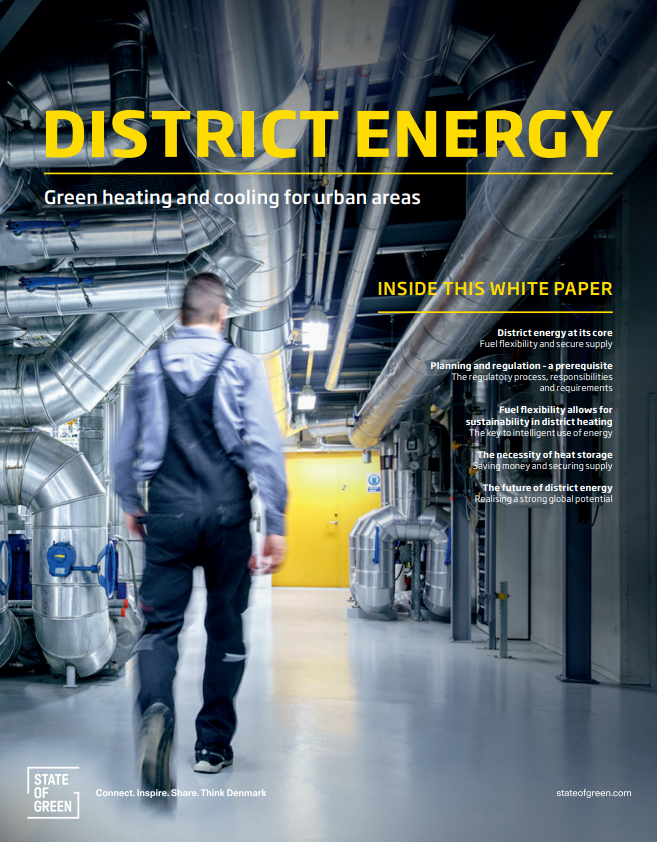News
Energy storage
Power-to-x
Sustainable fuels
HyLICAL: Superconductor magnets for hydrogen liquefaction
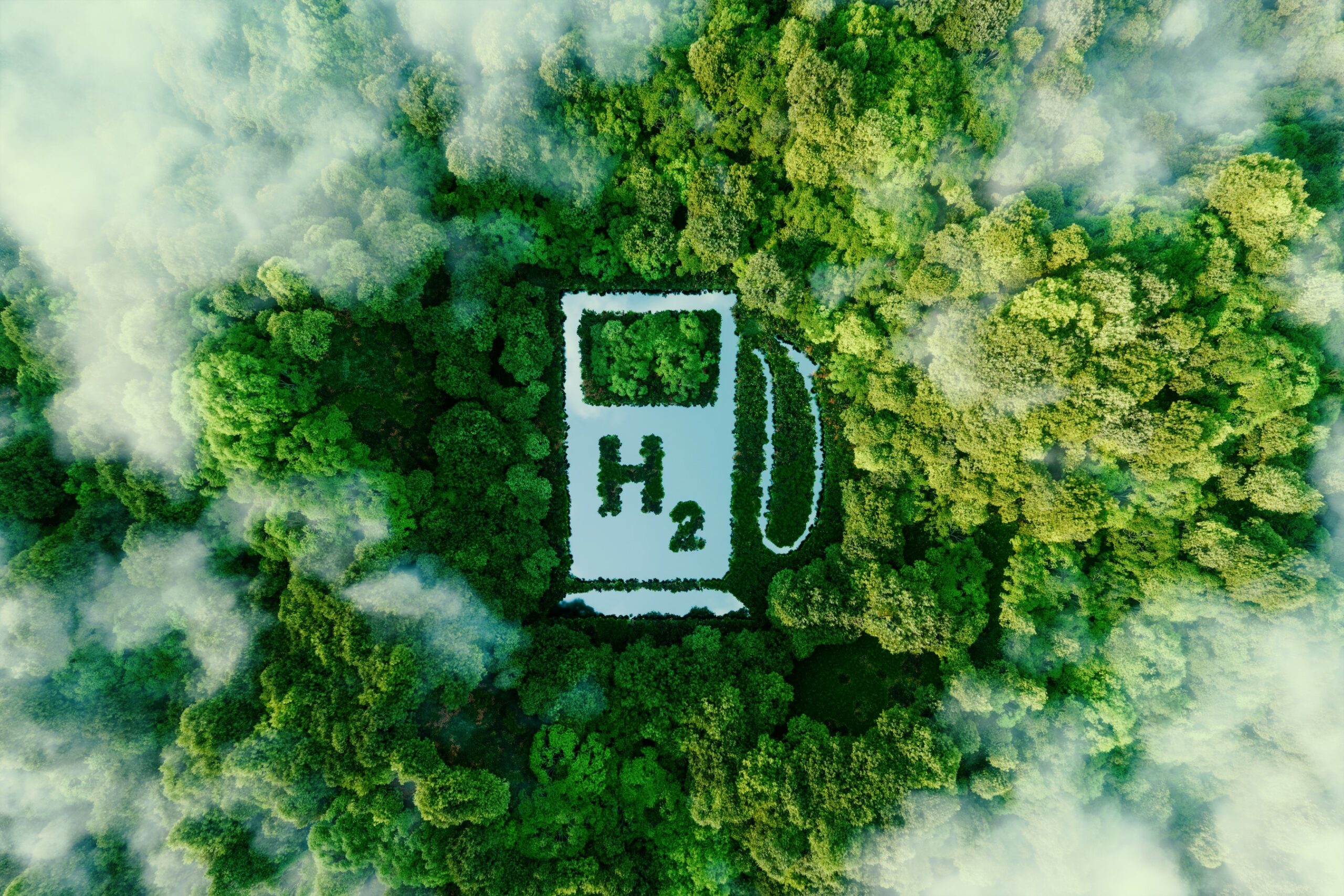

European project on hydrogen liquefaction
Liquid hydrogen (LH2), a fuel of the future, can provide clean storable energy for industry as well as private consumers. The partners of HyLICAL are joining forces to enable cost-effective liquefication of hydrogen gas by magnetocaloric cooling. SUBRA’s technology will help develop a more efficient process for creating liquid hydrogen, paving the way for a network of local production facilities, reducing transport costs, and providing clean storable energy for the transport sector.
One of its most significant benefits is that LH2 is a clean-burning fuel, producing only water vapor as a by-product. This makes it an attractive alternative to fossil fuels, which produce greenhouse gases and other pollutants. Another advantage of LH2 is its high energy density. Compared to natural gas, hydrogen has over three times the energy per unit volume. This means that it can store more energy in a smaller space, making it an ideal fuel for transportation applications such as cars, buses, and ships. Liquid hydrogen is also easy to transport and can be stored at relatively low pressures and manageable temperatures, which makes it safer than other liquid fuels.
A network of local distribution centres could take advantage of this by allowing for more flexibility in the distribution and storage of hydrogen. Rather than relying on large pipelines for transport over long distances, a network of local distribution centres would allow hydrogen to be produced and distributed closer to where it is needed. This would reduce the cost and complexity of transportation and storage, and would also increase the resilience of the hydrogen fuel supply.
Reducing cost and increasing efficiency
The cost of creating LH2 today is highly linked to the cost of cooling it down, as hydrogen is a gas at room temperature and needs to be cooled to very low temperatures (-253°C) to be converted into liquid form. Magnetocaloric cooling is a technology that uses the temperature change of a material in a magnetic field to produce a cooling effect. The basic principle behind magnetocaloric cooling is that certain materials, will experience a change in temperature when exposed to a magnetic field. This change in temperature can be used to transfer heat from one location to another, which can be used for cooling. It has the potential to be more energy-efficient and cost-effective than conventional methods of liquefaction such as mechanical or Joule-Thomson cooling. This is because it relies on the temperature change of a magnetocaloric material in a magnetic field, rather than mechanical work or the expansion of a gas, to reach the required cooling rates. Additionally, the materials used in magnetocaloric cooling can be regenerated, allowing for multiple cycles of cooling.
The cooling performance of a magnetocaloric refrigeration system depends on the strength of the magnetic field, and using very strong magnetic fields allows the efficiency of the process to greatly exceed that of traditional refrigeration techniques. SUBRA will utilise key expertise in superconductors to numerically model novel superconducting magnet designs – rethinking powerful magnets for magnetocaloric cooling.
Overall, magnetocaloric cooling has the potential to revolutionise hydrogen liquefaction by providing a more energy-efficient and cost-effective method of cooling hydrogen to the extremely low temperatures required for liquefaction. The advancements made through the HyLICAL project will make the technology cheap, reliable, and widespread. This will pave the way for a network of local production facilities, reducing transport costs, and providing clean storable energy for industry as well as private consumers. This will allow LH2 to become a widely available liquid fuel, equalling current fossil fuels in convenience which will help prompt industry to transition to LH2. As a partner in the HyLICAL project, SUBRA will apply its superconductor experience to help make this technology a reality, paving the way for a greener future.
Collaboration between partners in nine European countries
The project started in January 2023 and will run until 2027. It is a collaboration between many excellent partners in the field of liquid hydrogen and superconductor technologies: Institutt for energiteknikk, Universidad de Sevilla, Universita di Pisa, Helmholtz-Zentrum Dresden-Rossendorf e. V., Technische Universitat Darmstadt, Danmarks Tekniske Universitet, Magnotherm Solutions GmbH, Engie, SUBRA A/S, Asociatia Energy Policy Group, Iberdrola Clientes S.A., Fives Cryo, University of Ulster and Shell Global. HyLICAL is funded by the European Commission through Hydrogen Europe.
To read more about the project and our other activities, feel welcome to visit subra.dk/news.
You should consider reading
publications
Combined heat and power production
+10
